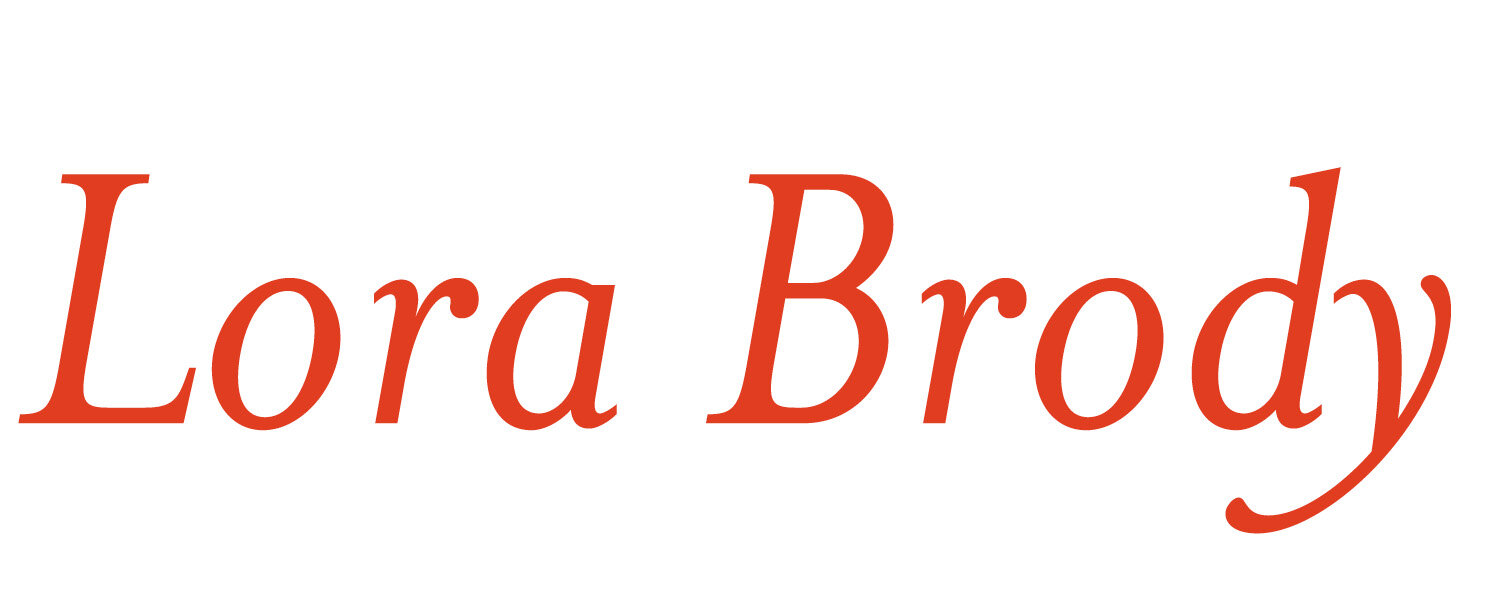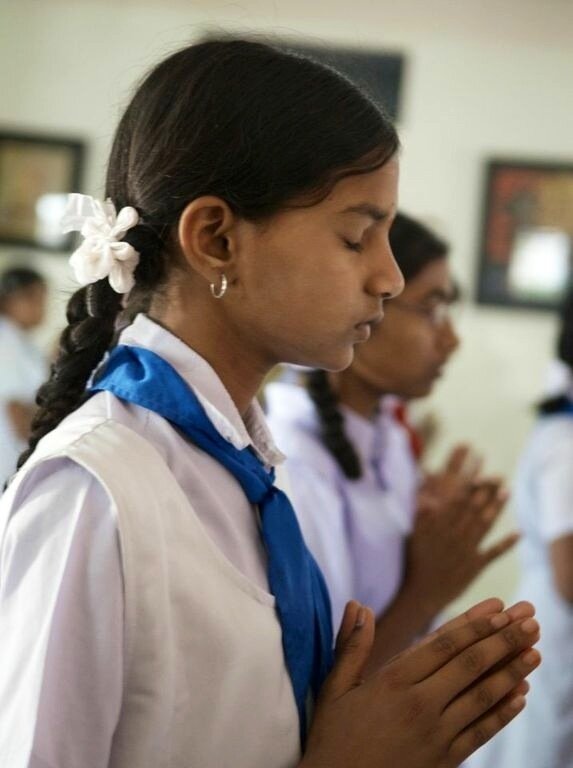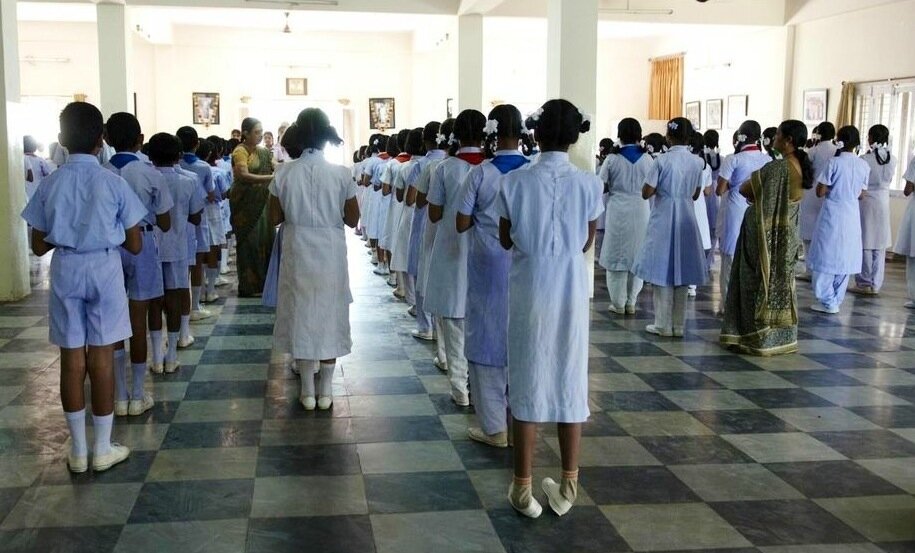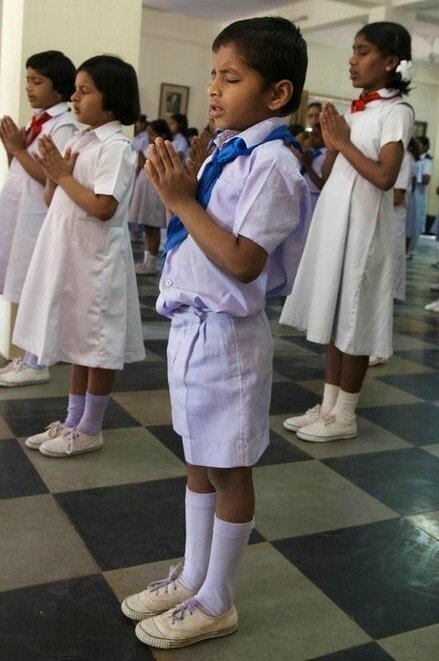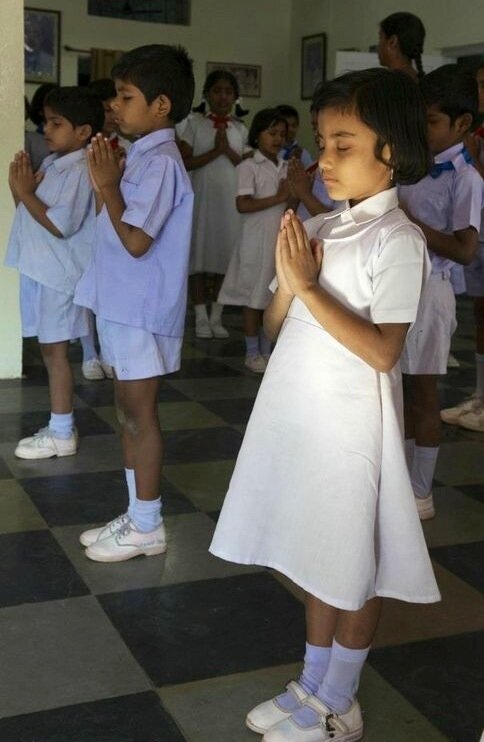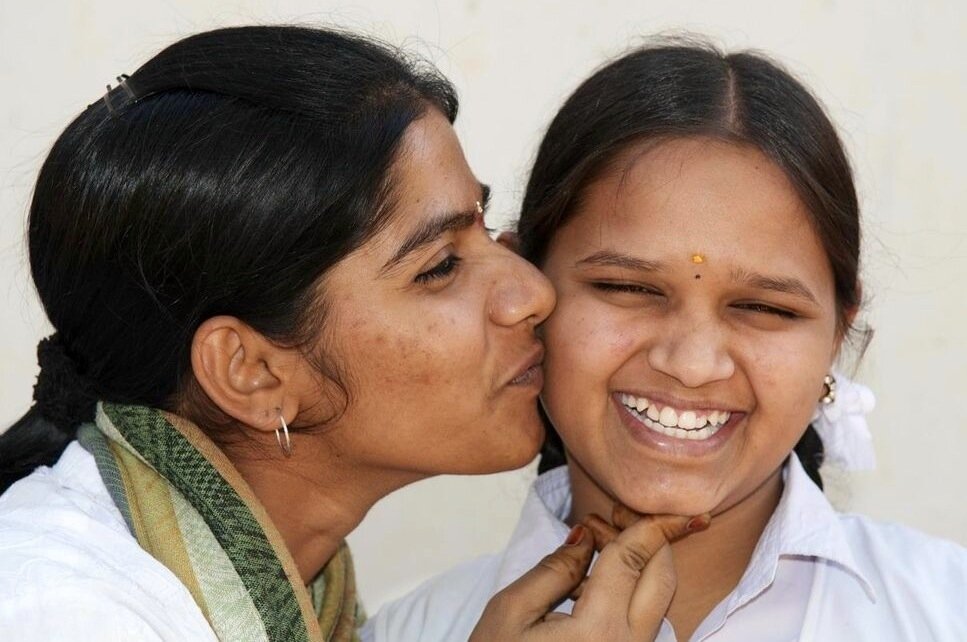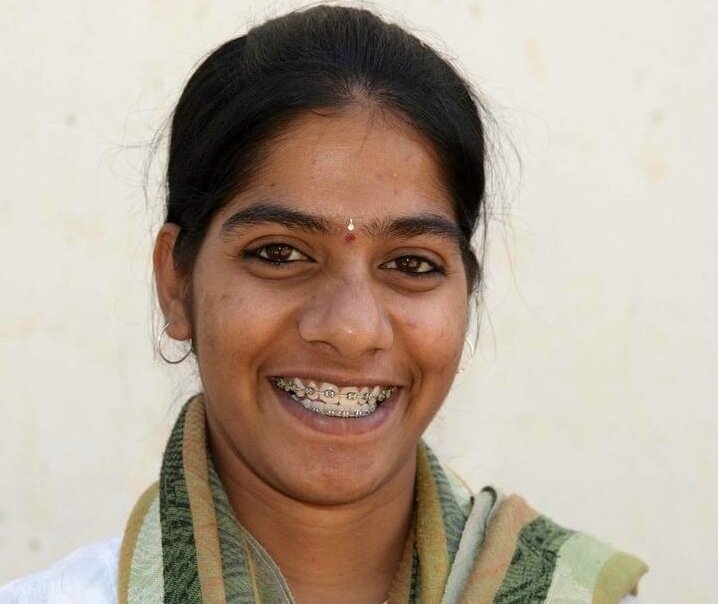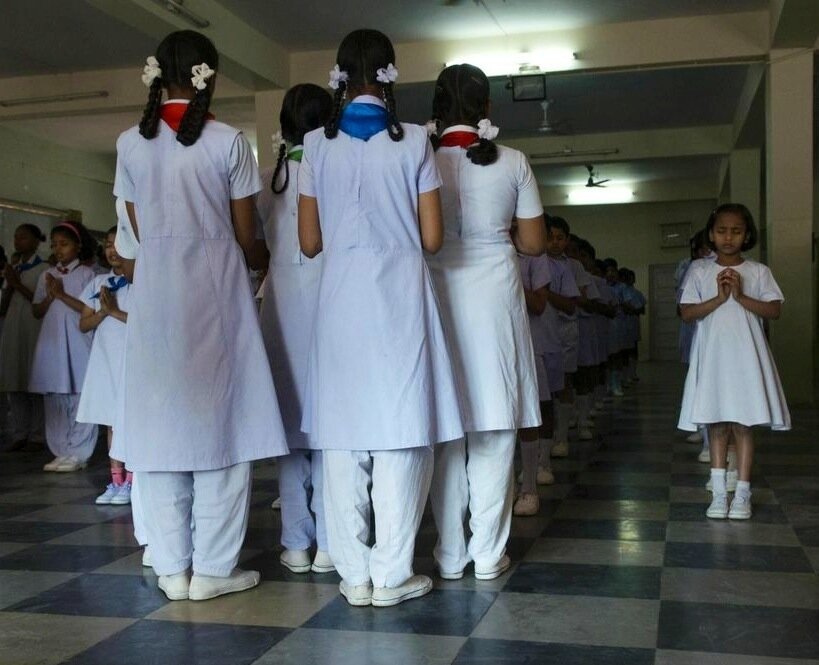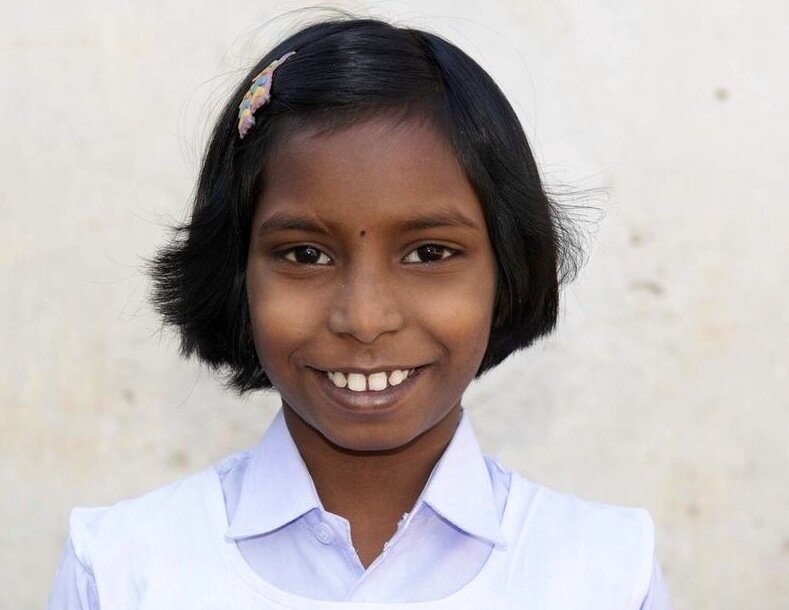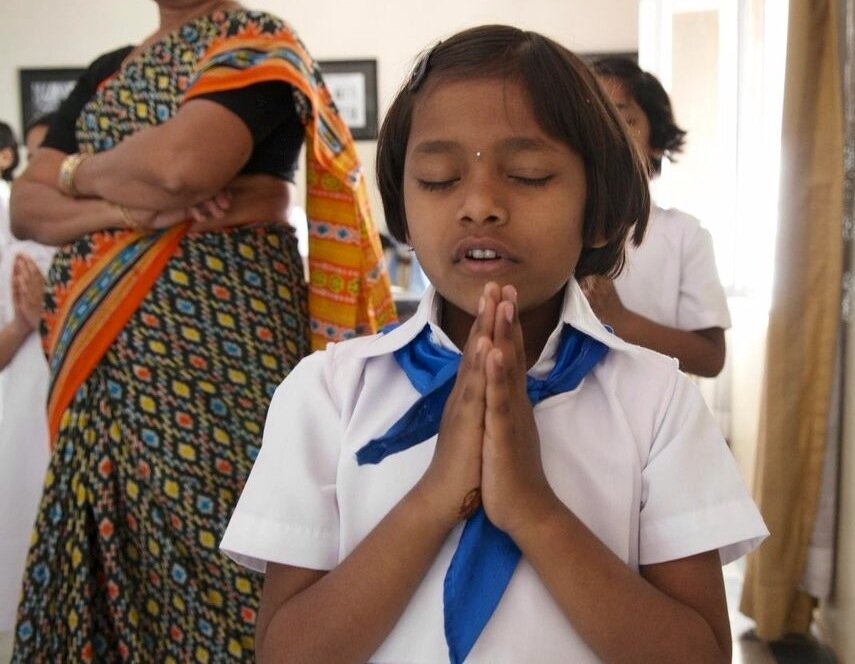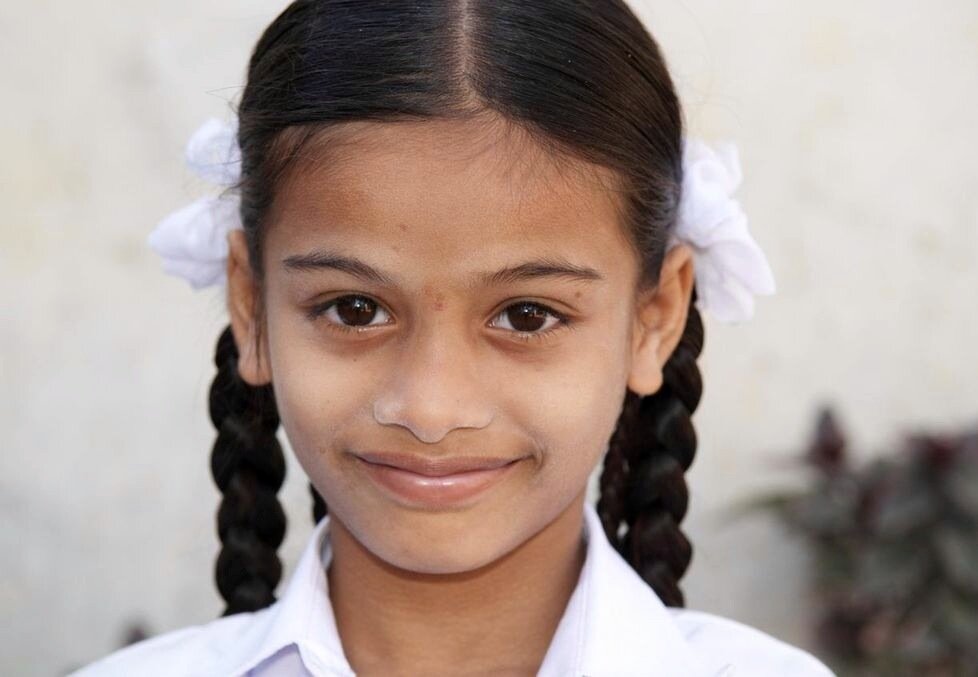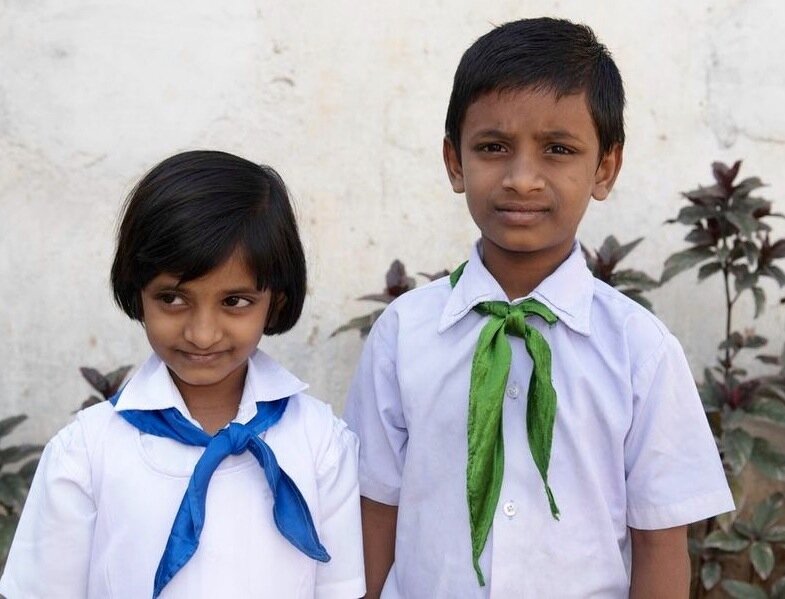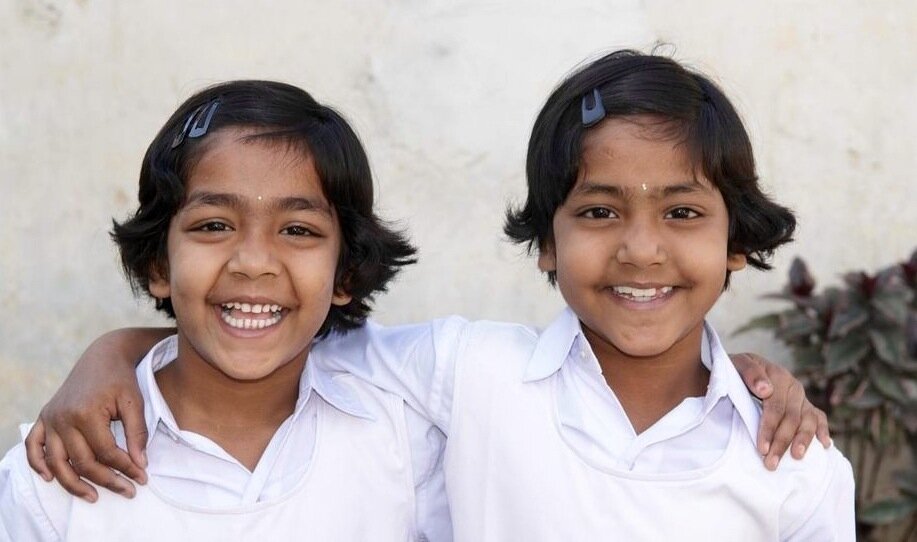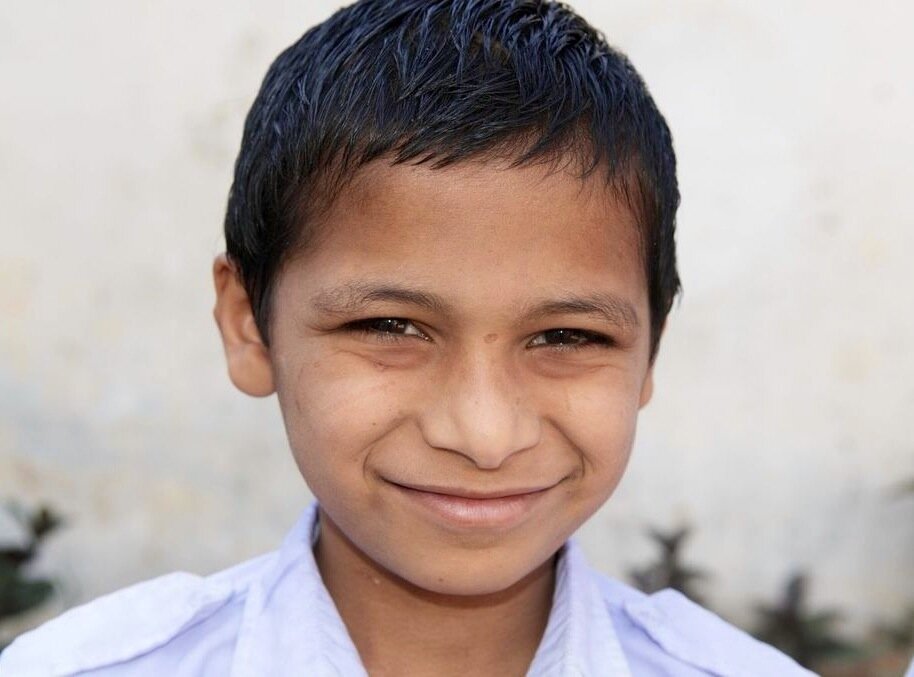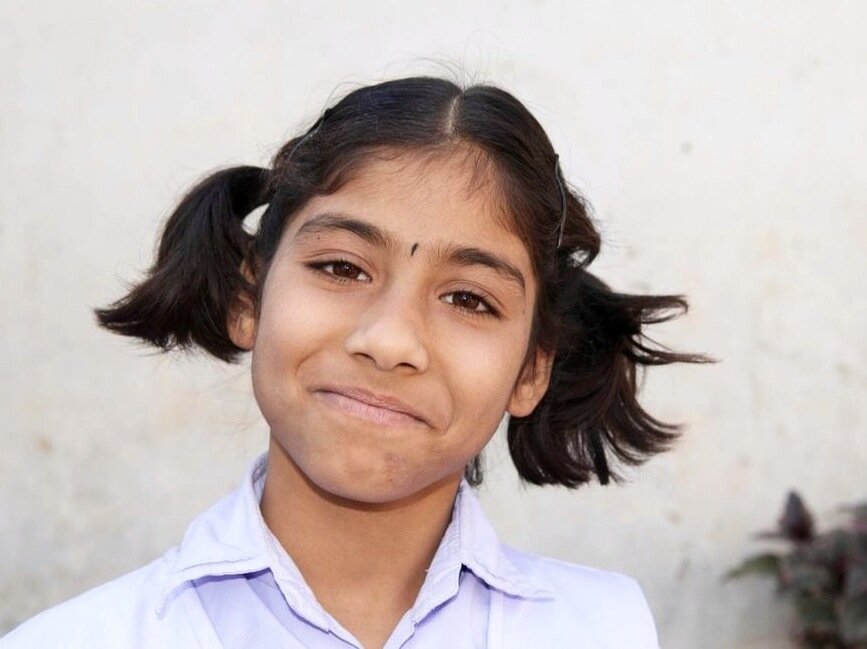Hyderabad Children's Aid Society
These are but a few of the pictures that I took yesterday at the Hyderabad Children's Aid Society. My goal was to photograph each of the over 250 boys and girls plus the staff and administration so that I could bring home a portrait of this tremendously important part of our friend Mary Ann Marino's life here in India. There will be a memorial service for Mary Ann in Hull on April 7, and another one at the Home in Hyderabad next January on the anniversary of her death.In the center of the inner courtyard into which the class rooms open is a carefully manicured lawn surrounded by beds of greenery and flowers. In the center is a shrine holding the goddess of education. This is Mary Ann's garden, the teachers told me.David and I were introduced to the children as special friends of Mary Ann's from Boston. All of them, with the exception of those recently arrived, had shared a very close relationship with her. In fact Mary Ann knew every child at the Home by name. While a percentage of the children at the Home have a parent or some other living relative, there is no money at home to care for or feed them long term, so they live and go to school at the Home, going back to whatever family they do have for a short time during the summer. The remaining children are orphans and live at the Home full time. Everything there is donated. In addition, there are donors who make annual contributions to underwrite the living expenses or education of a specific child. Some donors get more involved than writing checks or delivering file cabinets and blankets. Mary Ann was one of these people. She began by volunteering at the Home while also volunteering at an NGO start up. When that job finished the Home became her second home. She became very close to the children. Everyone called her 'Mary Sister'. She even had had her own room with a western style bathroom installed especially for her as she spent many overnights so she could read the children bedtime stories after she learned that most of the children had never had this experience.We also learned that thanks to Mary Ann many of the children who were timid about speaking English began conversing in Mary Ann's classes. She wouldn't allow a teacher in the class, as (I am guessing) she felt they inhibited the children and she determined to teach in her own way.I am not sure how many people knew that Mary Ann had adopted a child at the Home. As much as we talked about the place and her time there, I didn't learn of it until after she had died and David and I were on our way to India. This made visiting an even more important mission. Meeting Mary Ann's daughter, Ambika, was one of the high points of our day there. She's on the left in the fifth picture from the top and by herself in the next one. While every child there is special in his or her own way, the unique bond between this sensitive, self-possessed, talented young Indian woman and the American woman who came to volunteer is yet one more thing to celebrate and treasure about our friend. Ambika, now eighteen, and in her second year studying for a BA in fine arts, must have been a young teenager when she first met Mary Ann. I am told she was a shy child, who rarely spoke and had very little self-confidence. It's hard to believe she wasn't always the outgoing, poised, articulate young woman who showed us her art portfolio with great confidence and quiet pride. She said her goal was to come to Boston to get a MFA when she finished her studies in Hyderabad. I have absolutely no doubt that she will attain her goal and continue to succeed in all she does. It's clear that Mary Ann's spirit lives on in Ambika and every other child and teacher at the Home.
